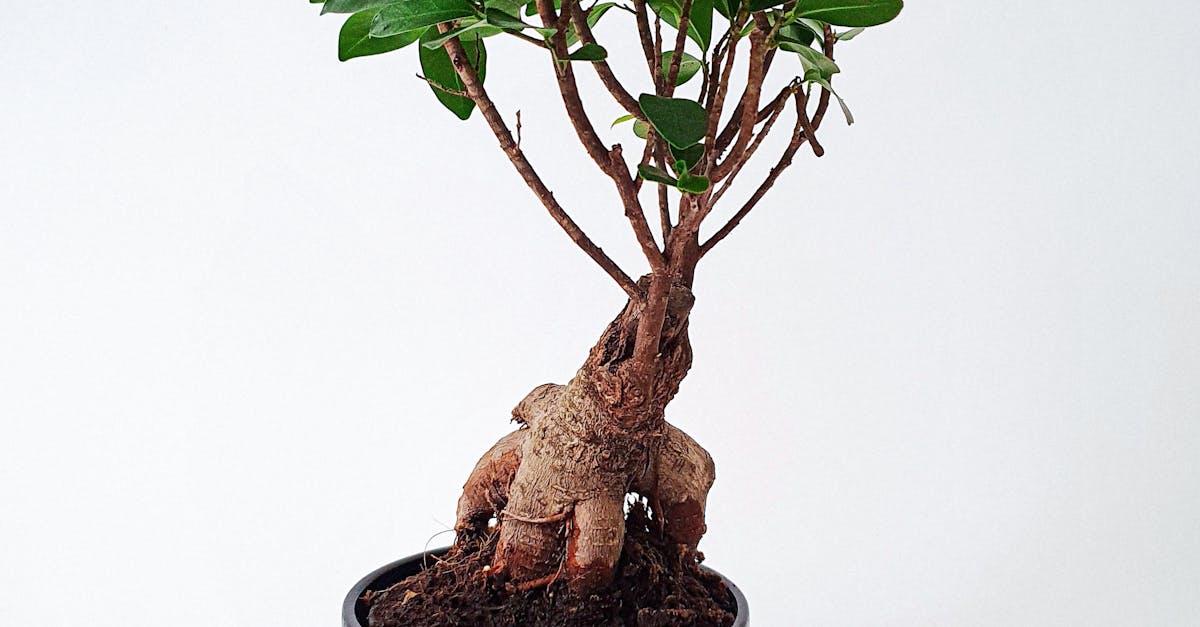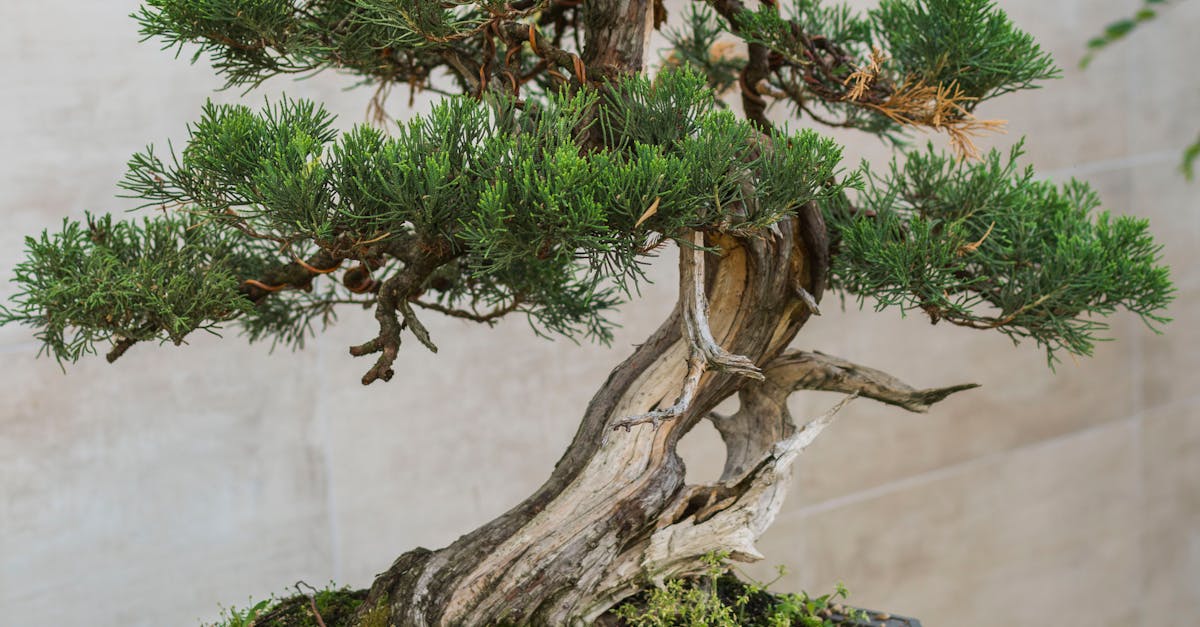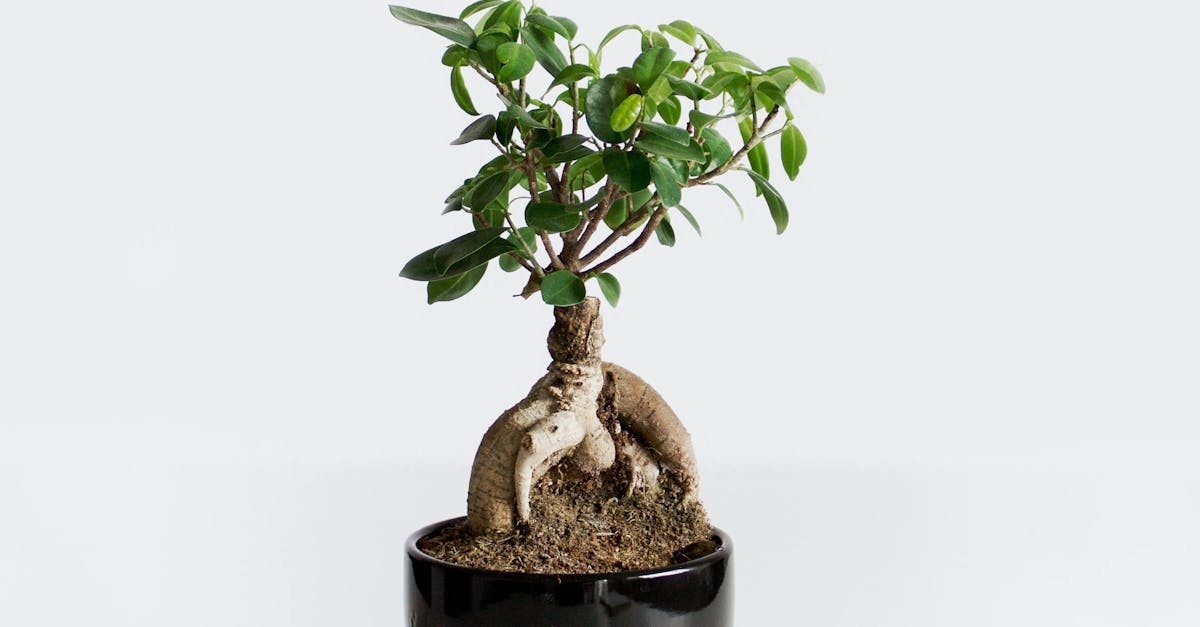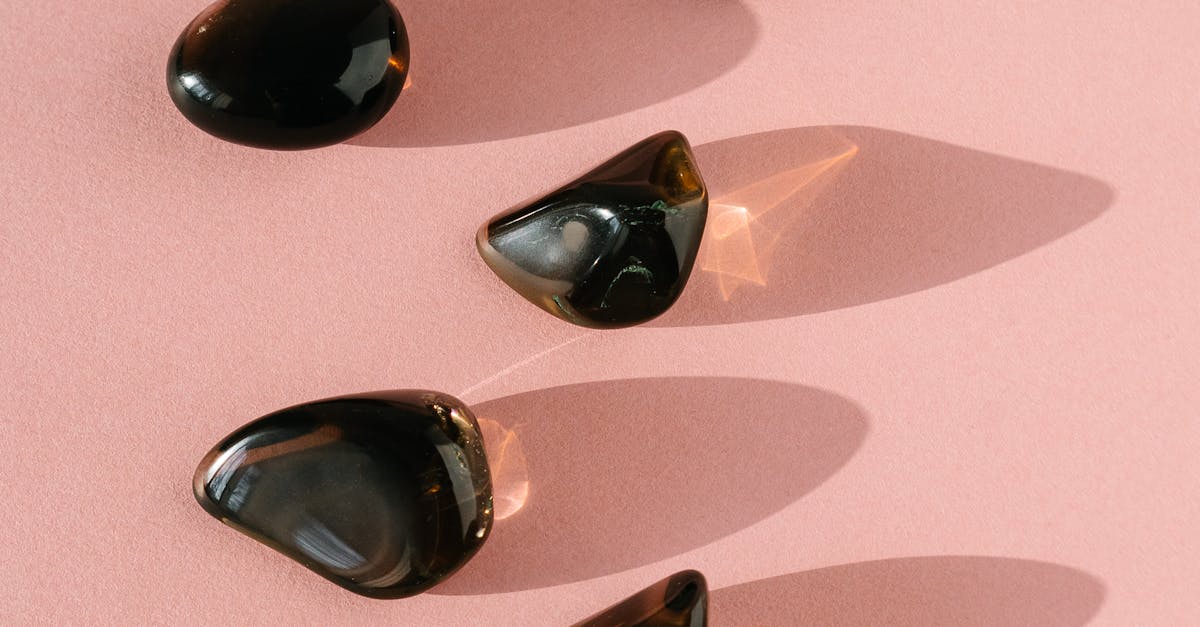Bonsai: A Miniature Masterpiece, Capturing the Essence of Nature

More Bonsai Wisdom and Inspiration: Exploring the World of Miniature Trees
Delve into the enchanting realm of bonsai, where ancient traditions meet contemporary artistry. Journey through the history, styles, techniques, and profound philosophy that have captivated enthusiasts for centuries. Discover the origins of this revered art form, tracing its evolution from humble beginnings to global acclaim. Explore the diverse range of bonsai styles, each capturing nature’s grandeur in miniature. Learn the essential cultivation techniques, nurturing these miniature trees to thrive in harmony with their natural counterparts.
Embark on a path to serenity as you uncover the Zen principles woven into the art of bonsai. Discover how the practice of cultivating these tiny trees fosters mindfulness, inner peace, and a deeper appreciation for the beauty and interconnectedness of the natural world. Through collaborations with other art forms and public exhibitions, bonsai continues to evolve, inspiring new generations of enthusiasts. Explore the latest trends and innovations shaping the future of this ancient art form, as it adapts to the modern world while honoring its timeless traditions.
1. The Origins of Bonsai: A Journey Through Time
1. The Origins of Bonsai: A Journey Through Time
Trace the ancient roots of bonsai, from its humble beginnings in China to its widespread popularity in Japan and beyond.
1.1 Historical Influences and Cultural Significance
Bonsai, the enchanting art of cultivating miniature trees, has captivated enthusiasts for centuries. Its origins can be traced back to ancient China, where the practice of growing dwarfed trees in containers emerged as early as the 11th century. Inspired by the Taoist concept of miniaturization and harmony with nature, these early bonsai practitioners sought to create living representations of majestic landscapes in miniature.
Over time, bonsai spread to Japan, where it underwent significant refinement and evolution. During the Edo period (1603-1868), bonsai gained immense popularity among the Japanese elite, who admired its aesthetic beauty and saw it as a symbol of power and prestige. Japanese bonsai masters developed unique techniques and styles, emphasizing the natural form and balance of their creations. This period marked the golden age of bonsai, and many of the principles and practices established then continue to shape the art form today.
1.2 Bonsai in Japan: A Refined Art Form
In Japan, bonsai became deeply intertwined with Zen Buddhism and the tea ceremony, further enriching its cultural significance. Zen practitioners saw bonsai as a way to cultivate mindfulness and inner peace, while tea masters incorporated bonsai into their ceremonies to create a harmonious and contemplative atmosphere.
Historical Influences and Cultural Significance
1.1 Historical Influences and Cultural Significance
Explore the cultural and historical factors that shaped the development of bonsai over centuries.
Bonsai, the art of cultivating miniature trees, has been influenced by various cultures and historical events throughout its long history. In ancient China, where bonsai originated, it was closely tied to Taoist and Buddhist traditions. Taoists believed that miniature trees represented the harmony and balance of nature, and they sought to recreate these qualities in their bonsai creations. Buddhists, on the other hand, saw bonsai as a way to cultivate patience and detachment, and they used them as objects of meditation.
When bonsai was introduced to Japan in the 13th century, it was quickly adopted by the ruling elite, who saw it as a symbol of power and prestige. Japanese bonsai masters developed their own unique techniques and styles, emphasizing the natural form and beauty of the trees. The Edo period (1603-1868) marked the golden age of bonsai in Japan, and many of the principles and practices established during this time continue to shape the art form today.
In the West, bonsai gained popularity in the 19th century, and it has since become a beloved art form around the world. Western bonsai practitioners have adopted many of the techniques and styles developed in China and Japan, but they have also developed their own unique approaches, incorporating elements from their own cultural traditions.
Bonsai in Japan: A Refined Art Form
1.2 Bonsai in Japan: A Refined Art Form
Delve into the unique techniques and aesthetic principles that distinguish Japanese bonsai from its global counterparts.
Japanese bonsai is renowned for its unique aesthetic principles and techniques that have been refined over centuries. Unlike bonsai from other regions, which may emphasize size and grandeur, Japanese bonsai places a high value on miniaturization and the creation of natural landscapes in miniature. Japanese bonsai artists strive to capture the essence of nature in their creations, often using small trees with gnarled trunks and twisted branches to evoke the weathered beauty of ancient trees.
One of the key techniques used in Japanese bonsai is the development of jin and shari, which are deadwood and exposed roots that add character and age to the tree. Japanese bonsai artists also pay close attention to the placement of each branch and leaf, ensuring that they contribute to the overall balance and harmony of the composition. The use of companion plants and accessories, such as rocks and苔藓, is also common in Japanese bonsai, further enhancing the illusion of a miniature landscape.
The aesthetic principles of Japanese bonsai are heavily influenced by Zen Buddhism, which emphasizes simplicity, asymmetry, and the beauty of the natural world. Japanese bonsai artists strive to create trees that are not only visually appealing but also convey a sense of inner peace and tranquility. As a result, Japanese bonsai is often used in meditation and contemplation, and it is considered to be a highly refined and spiritual art form.
2. Essential Bonsai Styles: Capturing Nature’s Grandeur
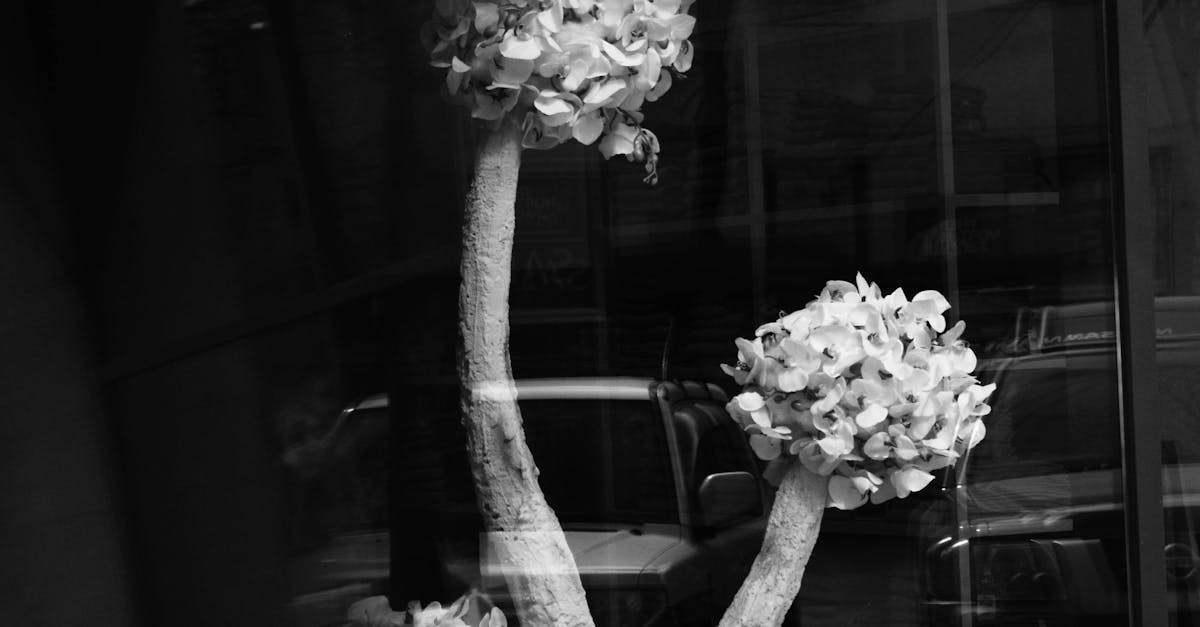
2. Essential Bonsai Styles: Capturing Nature’s Grandeur
Discover the diverse range of bonsai styles, each representing a distinct interpretation of natural forms.
Bonsai enthusiasts have developed a wide range of styles over the centuries, each with its own unique characteristics and appeal. These styles are often inspired by natural tree forms found in different regions of the world, and they offer bonsai artists a way to express their creativity and artistry.
Some of the most popular bonsai styles include:
- Upright Formal: This style is characterized by a straight trunk and branches that are arranged symmetrically. It is considered to be one of the most classic and elegant bonsai styles.
- Informal Upright: This style is similar to the upright formal style, but the trunk is allowed to have some curves and the branches may be arranged more freely.
- Slanting: This style features a trunk that is slanted to one side. It can convey a sense of movement and dynamism.
- Semi-cascade: This style has a trunk that cascades down over the edge of the pot. It is often used to create the illusion of a waterfall or a tree growing on a steep slope.
- Cascading: This style is similar to the semi-cascade style, but the trunk cascades down even further, often reaching below the base of the pot.
- Literati: This style is characterized by a long, thin trunk with few branches. It is often used to represent the scholar or literati class in Chinese culture.
- Root-over-rock: This style features a tree that is growing on top of or around a rock. It can be used to create the illusion of a tree growing in a mountainous or rocky environment.
- Forest: This style features a group of trees planted together in a single pot. It can be used to create the illusion of a forest or a woodland scene.
These are just a few of the many bonsai styles that exist. Bonsai artists often combine elements from different styles to create their own unique compositions. The possibilities are endless, and this is part of what makes bonsai such a fascinating and rewarding art form.
Upright Formal: A Classic Silhouette
2.1 Upright Formal: A Classic Silhouette
Explore the characteristics and techniques associated with the upright formal style, known for its elegant symmetry.
The upright formal style is one of the most classic and elegant bonsai styles. It is characterized by a straight trunk that tapers towards the apex, and branches that are arranged symmetrically around the trunk. The overall shape of the tree is triangular, with the apex of the triangle at the top of the trunk. The upright formal style is often used to represent strength, stability, and balance.
To create an upright formal bonsai, the trunk of the tree must be trained to grow straight and upright. This can be done using a variety of techniques, including wiring, pruning, and bending. The branches are also trained to grow in a symmetrical pattern, and the apex of the tree is carefully positioned to create the desired triangular shape.
The upright formal style is a relatively challenging style to master, but it can be very rewarding. When done well, an upright formal bonsai is a thing of beauty that can bring a sense of peace and harmony to any space.
Literati: Expressing Inner Strength
2.2 Literati: Expressing Inner Strength
Learn about the unique features and symbolism of the literati style, which embodies the spirit of refinement and resilience.
The literati style is a unique and distinctive bonsai style that is characterized by a long, thin trunk with few branches. The branches are often arranged in a sparse and asymmetrical manner, and the overall shape of the tree is often reminiscent of a scholar or literati figure. The literati style is often used to represent the qualities of refinement, resilience, and inner strength.
The literati style originated in China during the Song dynasty (960-1279). It was during this time that the literati class, which was composed of scholars, poets, and artists, began to develop a taste for bonsai. The literati saw bonsai as a way to express their appreciation for nature and their own refined sensibilities. They also saw bonsai as a way to cultivate inner strength and resilience in the face of adversity.
To create a literati bonsai, the trunk of the tree must be trained to grow long and thin. This can be done using a variety of techniques, including wiring, pruning, and bending. The branches are also trained to grow in a sparse and asymmetrical manner. The apex of the tree is often left bare, or it may be adorned with a few small leaves or flowers.
3. Bonsai Cultivation Techniques: Nurturing the Miniature
3. Bonsai Cultivation Techniques: Nurturing the Miniature
Master the essential techniques for growing and maintaining healthy bonsai trees.
Growing and maintaining bonsai trees requires a combination of skill, patience, and dedication. While the techniques involved can be complex, they are also essential for keeping your bonsai trees healthy and beautiful. In this section, we will cover some of the most important bonsai cultivation techniques, including watering, fertilizing, pruning, and shaping.
3.1 Watering and Fertilizing: Essential Life Support
Watering and fertilizing are two of the most important aspects of bonsai care. Bonsai trees need to be watered regularly, but it is important to avoid overwatering. The best way to water a bonsai tree is to use a watering can with a fine nozzle. This will help to evenly distribute the water over the soil surface and avoid disturbing the roots. Bonsai trees also need to be fertilized regularly to provide them with the nutrients they need to grow and thrive. A balanced liquid fertilizer can be used every few weeks during the growing season.
3.2 Pruning and Shaping: Creating Harmony
Pruning and shaping are essential techniques for controlling the growth of your bonsai tree and maintaining its desired shape. Pruning involves removing unwanted branches and leaves, while shaping involves bending and wiring the branches to create the desired form. Pruning and shaping should be done carefully and gradually to avoid damaging the tree. With patience and practice, you can use these techniques to create a beautiful and harmonious bonsai tree.
Watering and Fertilizing: Essential Life Support
3.1 Watering and Fertilizing: Essential Life Support
Discover the proper techniques for watering and fertilizing bonsai trees to ensure their optimal health.
Watering and fertilizing are two of the most important aspects of bonsai care. Bonsai trees need to be watered regularly, but it is important to avoid overwatering. The best way to water a bonsai tree is to use a watering can with a fine nozzle. This will help to evenly distribute the water over the soil surface and avoid disturbing the roots. Bonsai trees should be watered until water begins to drain from the bottom of the pot. Allow the soil to dry out slightly before watering again.
Bonsai trees also need to be fertilized regularly to provide them with the nutrients they need to grow and thrive. A balanced liquid fertilizer can be used every few weeks during the growing season. When fertilizing, it is important to follow the instructions on the fertilizer label carefully. Over-fertilizing can damage your bonsai tree.
By following these simple tips, you can ensure that your bonsai tree receives the water and nutrients it needs to stay healthy and beautiful.
Pruning and Shaping: Creating Harmony
3.2 Pruning and Shaping: Creating Harmony
Learn the art of pruning and shaping bonsai to enhance their aesthetic appeal and promote healthy growth.
Pruning and shaping are essential techniques for controlling the growth of your bonsai tree and maintaining its desired shape. Pruning involves removing unwanted branches and leaves, while shaping involves bending and wiring the branches to create the desired form. Pruning and shaping should be done carefully and gradually to avoid damaging the tree.
Pruning can be used to remove dead or diseased branches, to control the size and shape of the tree, and to encourage new growth. When pruning, it is important to make clean cuts with sharp shears. Shaping can be used to create a variety of different forms, including upright, informal upright, slanting, and cascading. To shape a bonsai tree, you can use wires to bend the branches into the desired position. Wires should be applied carefully to avoid damaging the bark of the tree.
With patience and practice, you can use pruning and shaping techniques to create a beautiful and harmonious bonsai tree.
4. The Bonsai Philosophy: A Path to Serenity
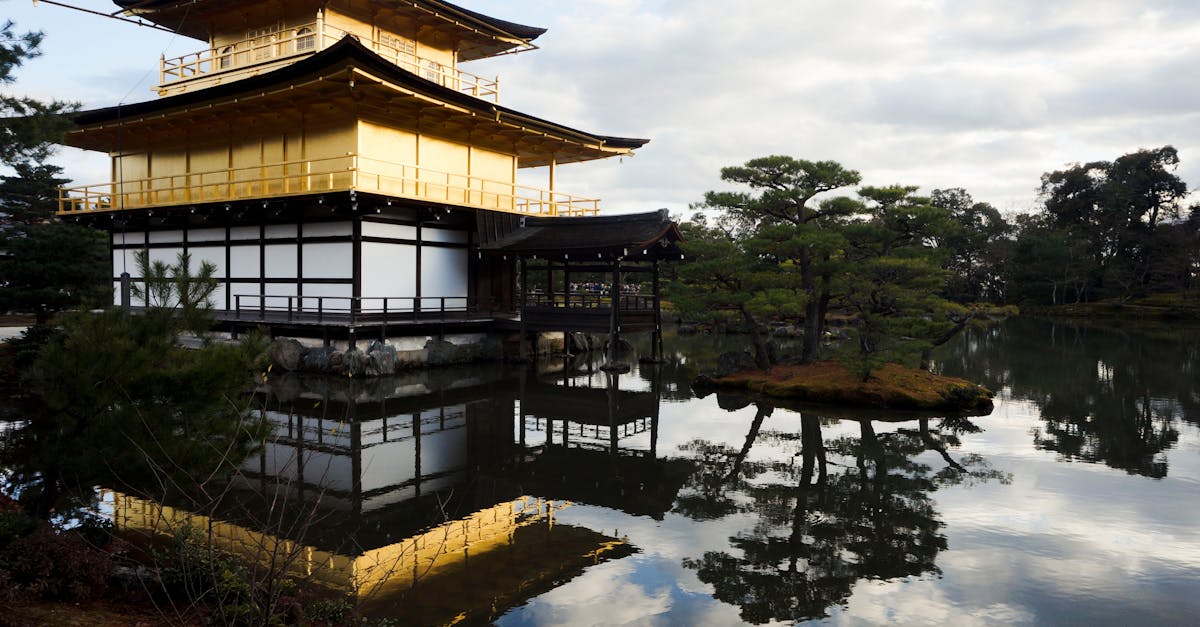
4. The Bonsai Philosophy: A Path to Serenity
Explore the profound wisdom and meditative principles that lie at the heart of bonsai culture.
Bonsai is more than just a hobby or an art form. It is a philosophy that can teach us about patience, harmony, and the beauty of nature. The practice of bonsai can help us to cultivate a sense of inner peace and tranquility.
4.1 Nature in Miniature: A Symbol of Balance
Bonsai trees are often seen as symbols of nature in miniature. They represent the vastness and complexity of the natural world in a small and manageable form. By caring for a bonsai tree, we can learn to appreciate the beauty and fragility of nature. We can also learn about the importance of balance and harmony in both the natural world and in our own lives.
4.2 Zen and the Art of Bonsai: A Path to Mindfulness
The practice of bonsai is closely linked to Zen Buddhism. Zen is a philosophy that emphasizes mindfulness, meditation, and the pursuit of enlightenment. Bonsai practitioners often use their trees as a focus for meditation. By observing their trees and caring for them, they can learn to live in the present moment and to appreciate the simple things in life.
Nature in Miniature: A Symbol of Balance
4.1 Nature in Miniature: A Symbol of Balance
Discover how bonsai embodies the concept of nature in miniature, fostering an appreciation for the beauty and complexity of the natural world.
Bonsai trees are often seen as symbols of nature in miniature. They represent the vastness and complexity of the natural world in a small and manageable form. By caring for a bonsai tree, we can learn to appreciate the beauty and fragility of nature. We can also learn about the importance of balance and harmony in both the natural world and in our own lives.
Bonsai trees are created by carefully training and pruning a tree to grow in a small pot. The resulting tree is a miniature representation of its natural counterpart, complete with branches, leaves, and even fruit. Bonsai trees can be of any species, but some of the most popular include pine, maple, and juniper. Bonsai trees are often displayed in shallow pots or on stands, and they can be decorated with rocks,苔藓, and other natural elements.
Zen and the Art of Bonsai: A Path to Mindfulness
4.2 Zen and the Art of Bonsai: A Path to Mindfulness
Learn about the connections between bonsai and Zen Buddhism, exploring how the practice of bonsai can cultivate mindfulness and inner peace.
The practice of bonsai is closely linked to Zen Buddhism. Zen is a philosophy that emphasizes mindfulness, meditation, and the pursuit of enlightenment. Bonsai practitioners often use their trees as a focus for meditation. By observing their trees and caring for them, they can learn to live in the present moment and to appreciate the simple things in life.
There are many ways in which the practice of bonsai can cultivate mindfulness and inner peace. For example, the repetitive tasks of watering, pruning, and shaping a bonsai tree can help to calm the mind and focus the attention. The act of observing a bonsai tree can also help to promote mindfulness, as it encourages us to pay attention to the details of the tree and to appreciate its beauty.
Bonsai can also be used as a tool for meditation. By focusing on the tree and its surroundings, bonsai practitioners can learn to let go of distractions and to find inner peace.
5. The Future of Bonsai: Innovation and Inspiration
5. The Future of Bonsai: Innovation and Inspiration
Explore contemporary trends and innovations in the world of bonsai, showcasing the limitless possibilities of this ancient art form.
The art of bonsai is constantly evolving, with new trends and innovations emerging all the time. Contemporary bonsai artists are pushing the boundaries of the art form, creating new and innovative styles and techniques.
5.1 Experimental Styles and Techniques
One of the most exciting trends in contemporary bonsai is the emergence of experimental styles and techniques. These artists are not afraid to break with tradition and create new and innovative forms. For example, some artists are creating bonsai trees that are inspired by modern architecture, while others are using new materials and techniques to create unique and eye-catching trees.
5.2 Bonsai as Living Art: Collaborations and Exhibitions
Bonsai is also increasingly being used as a form of living art. Bonsai artists are collaborating with other artists, such as sculptors and painters, to create unique and immersive installations. Bonsai trees are also being featured in exhibitions at museums and galleries around the world.
Experimental Styles and Techniques
5.1 Experimental Styles and Techniques
Discover the innovative approaches and unconventional styles that are pushing the boundaries of bonsai.
Contemporary bonsai artists are not afraid to break with tradition and create new and innovative forms. For example, some artists are creating bonsai trees that are inspired by modern architecture, while others are using new materials and techniques to create unique and eye-catching trees.
One of the most popular experimental styles is the so-called “driftwood” style. This style involves using dead or decaying wood to create a bonsai tree. The wood is often shaped and carved to create a unique and naturalistic look. Driftwood bonsai trees are often displayed in shallow pots or on stands, and they can be decorated with rocks,苔藓, and other natural elements.
Bonsai as Living Art: Collaborations and Exhibitions
5.2 Bonsai as Living Art: Collaborations and Exhibitions
Explore how bonsai is finding new expressions through collaborations with other art forms and public exhibitions.
Bonsai is also increasingly being used as a form of living art. Bonsai artists are collaborating with other artists, such as sculptors and painters, to create unique and immersive installations. Bonsai trees are also being featured in exhibitions at museums and galleries around the world.
One of the most popular ways that bonsai is being used as living art is in the creation of bonsai installations. These installations often feature multiple bonsai trees arranged in a specific way to create a desired effect. Bonsai installations can be found in a variety of settings, including museums, galleries, and even public gardens.
What are some of the most popular bonsai styles?
Some of the most popular bonsai styles include the upright formal style, the informal upright style, the slanting style, the semi-cascade style, the cascading style, the literati style, the root-over-rock style, and the forest style.
How can I choose the right bonsai tree for me?
When choosing a bonsai tree, it is important to consider your experience level, the amount of time you have to care for the tree, and the type of environment you will be keeping the tree in. If you are a beginner, it is best to start with a tree that is easy to care for, such as a juniper or a ficus. If you have more experience, you may want to choose a tree that is more challenging to care for, such as a pine or a maple. It is also important to consider the type of environment you will be keeping the tree in. If you live in a cold climate, you will need to choose a tree that is hardy enough to withstand the cold. If you live in a warm climate, you will have a wider range of trees to choose from.
How often should I water my bonsai tree?
The frequency with which you water your bonsai tree will depend on a number of factors, including the type of tree, the size of the pot, and the climate. In general, you should water your bonsai tree when the soil surface is dry to the touch. However, it is important to avoid overwatering, as this can damage the roots of the tree.
How can I learn more about bonsai?
There are many resources available to help you learn more about bonsai. You can find books, articles, and videos on the internet. You can also take classes or workshops from experienced bonsai artists.

